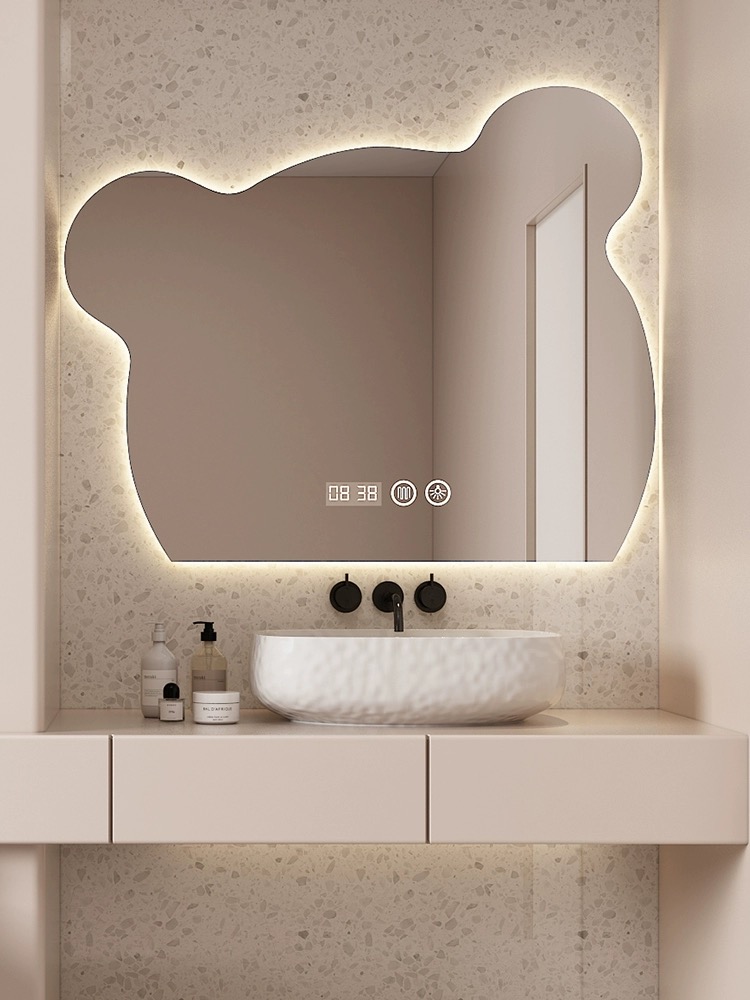

The Enchantment of Reflective Glass at Night
As night descends upon urban landscapes, a magical transformation occurs. Reflective glass buildings, often overlooked during the bustling daylight, come alive under the cloak of darkness. The interplay of light and shadow creates a mesmerizing spectacle that captures the imagination and alters the atmosphere of the city.
Reflective glass, designed primarily for aesthetics and energy efficiency, serves as a canvas for the vibrant colors of the evening. As streetlights flicker on and neon signs burst into life, these glass facades absorb and reflect myriad hues, turning them into shimmering mosaics. The once austere structures transform into vivid displays of art, where every reflection tells a story. A passerby may find themselves entranced by the way the glass captures the glow of a nearby café, the vibrant energy of nightlife, or the serene luminescence of the moon. Each glance offers a new perspective, a fleeting moment of beauty.
The duality of reflective glass is fascinating; it connects the external world with the interior of the buildings. At night, the interiors glow like lanterns, revealing snippets of life that unfold within. Silhouettes of people can be seen moving about, engaged in conversation, work, or leisure. The reflections of these activities against the twilight sky create an illusion of depth, a mingling of personal lives with the expansive urban tapestry. In this way, the reflective glass acts not just as a barrier but as a bridge, fostering a connection between the public and the private.

Furthermore, this ethereal quality brings an element of intrigue to the architectural landscape. The skyline, adorned with skyscrapers, becomes a playground for visual dynamics. Windy nights may alter the angle of the reflections, creating distorted images that tantalize observers. The reflections may dance and ripple, suggesting movement beyond the static nature of the glass. This interaction with the environment highlights the versatility of reflective glass as more than a mere structural element; it becomes a participant in the city's narrative.
However, the enchantment of reflective glass at night goes beyond mere aesthetics. It also poses questions about the nature of urban living. As the reflective surfaces capture the vibrant life around them, they remind us of the anonymity inherent in the city. The reflections reveal snippets of personal stories, yet they also mask individual identities. Amidst the beauty, there lingers a sense of solitude that often accompanies the urban experience. The very design that enables connection also invites us to reflect on our own place within the bustling metropolis.
In conclusion, reflective glass at night is a visual symphony that transcends traditional architectural boundaries. It transforms urban spaces into dynamic canvases filled with stories, emotions, and interactions, urging us to explore the delicate balance between connection and solitude. As we navigate through cities, let us pause to appreciate the enigmatic glow of reflective glass, a reminder of the beauty that exists when light meets glass, and reality blends seamlessly with reflection.